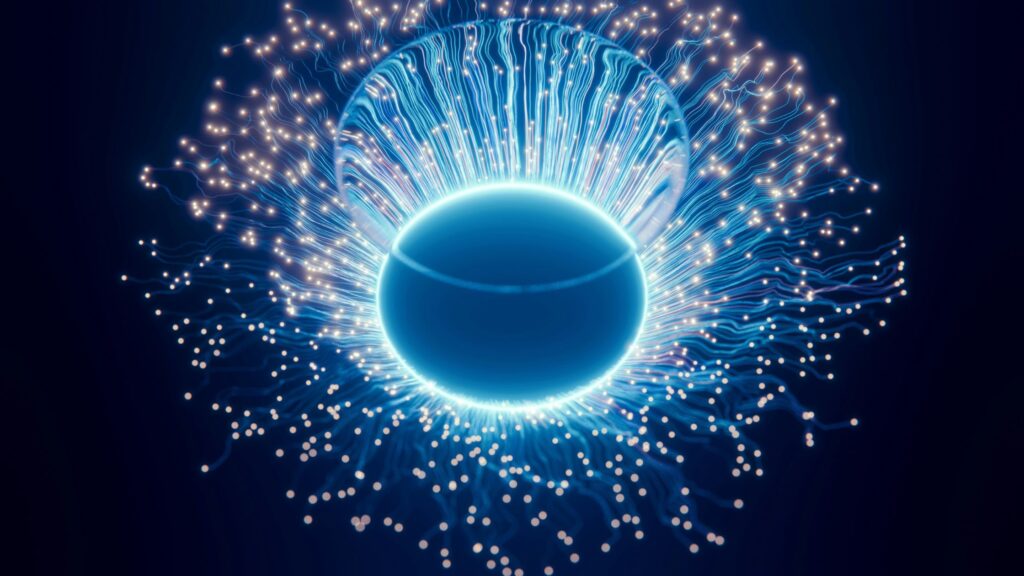Our universe is full of mysteries that are incomprehensible to even modern science. However, as our understanding of the cosmos gets better with the development of better technologies, new revelations are always around the corner. One such discovery is the presence of neutrinos or ghost particles. These particles do not interact with matter or other subatomic particles, making them an unusual recipient of the universe’s working and questioning the fundamentals of physics. However, with Japan’s Super Kamiokande observatory, things are changing as scientists can detect and understand ghost particles.
The Science Behind Ghost Particles Or Neutrinos
These are chargeless with almost zero mass subatomic particles produced by the nuclear reactions in the stars or supernovae. On Earth, most of the neutrinos are coming from the Sun. These are so small that most of them will pass through the human body without interacting with the smallest cells. Due to such weak interactions with matter, they are not easy to detect using most scientific instruments.
- Present everywhere around us.
- Differentiated into three types.
- It is tough to detect.
Super Kamiokande Is Revolutionizing Neutrino Research
Located in the underground region of the Mozumi mine, Hida, Japan, the Super Kamiokande was built in 1996. It is one of the world’s most advanced and research-facilitated neutrino observatories, with over 11,000 photomultiplier tubes. Its goal is to detect neutrinos through rare interactions with ultra-pure water molecules.
Detecting The Ghost Particle
The speed of neutrinos in ultrapure water is faster than the speed of light. This difference in light speed is sufficient for thousands of photomultiplier tubes to amplify or pick the faint light rings. Because of this, the observatory can detect the signals and interpret them using the latest computing systems. On top of that, the location of the underground observatory helps avoid cosmic ray interference.
Groundbreaking Discoveries And Scientific Impact
Significant discoveries like the mass of neutrinos (1998) and their detection are some of the positive impacts of Super Kamiokande. It also challenged the standard model of particle physics, opening room to new theories and ideas. At present, the observatory is conducting studies to detect solar and atmospheric neutrinos. Thus having a positive impact on the global neutrino detection network.
The Future of Neutrino Astronomy
Super Kamiokande has opened the realm of opportunities for scientists and engineers. It is a bedrock for the development of upgrades like Hyper-Kamiokande. Not only that, but the team at the observatory is hopeful of detecting neutrinos from distant supernovae. This will help to understand the universe’s darkest mysteries, like dark matter.
Final Thoughts On Super Kamiokande
Super Kamiokande, a Japanese neutrino observatory, is revolutionizing neutrino research by detecting and understanding ghost particles. Nuclear reactions in stars or supernovae produce these chargeless, almost zero-mass subatomic particles. Located in Hida, Japan, the observatory uses over 11,000 photomultiplier tubes to detect neutrinos through rare interactions with ultra-pure water molecules. The observatory has made groundbreaking discoveries and challenged the standard model of particle physics, opening new theories and opportunities for future neutrino astronomy.
FAQs
What does Super-Kamiokande do?
It helps to understand the universe by detecting neutrinos coming from the unknown places of outer space.
Can you visit the Super-Kamiokande?
It is not permissible to tour the observatory for safety management.
How much did the Super-Kamiokande cost?
The cost of operating and developing the project is over 100 million dollars.

